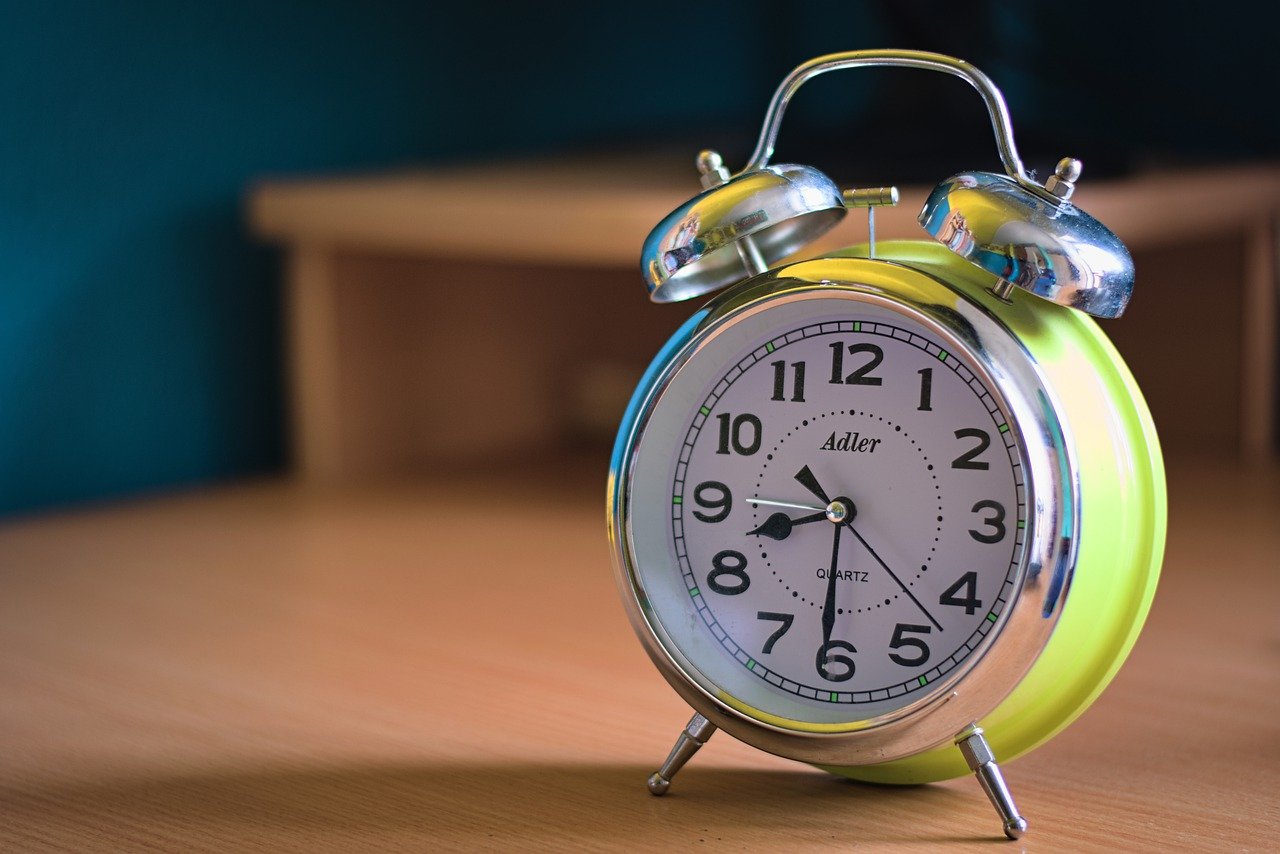How to Reduce the Average Handle Time in Call Centers

Call centers operate with many different goals. Every agent tries to hit a sales number or customer satisfaction point. But, there’s one key performance indicator that every call center needs to know: the average handle time.
This post will define what the average handle time is, and what you can do to lower it. Plus, you’ll learn the best tips and advice to reduce the average handle time and increase productivity in your contact center.
What Is Average Handle Time?
The average handle time is the time a rep spends from picking up the phone to resolving the issue. The handle time doesn’t stop when the rep puts the phone down. Any action they take that’s related to the call afterward still counts.
This means that the handle time includes the talk time, the hold time, and the follow-up as well. Understanding the difference between these terms lets you adjust and optimize the KPIs of your contact center.
Talk Time vs Handle Time at a Call Center
Talk time is the time a rep spends talking to a customer. Handle time on the other hand includes hold time and follow-up time as well.
A lot of call centers mix up the talk time with the handle time. Talking to the customer isn’t the only job of a call center employee. There’s research, administration, and memo-ing.
How to Improve the Average Handle Time
There are three major components to the average handle time: the call, the hold time, and the memo at the end. Let’s break down the key steps of call center customer service to understand what you can improve.
Monitoring every component of the average handle time is crucial. If you know how much time your agents spend on each task, you can figure out the best way to improve easily.

Breaking Down the Call to Lower Average Handle Time
1. Opening
Technology can either hurt you or help you during your opening. You need to understand the entire customer journey to optimize your rep’s time on call.
Here’s an example. If the customer needs to go through a verification process, make sure you don’t do it twice. During an automated intro and verification, an interactive voice response (IVR) asks for their details. The customer gives their account numbers, birth date, and social security number to the machine.
Having the rep ask the same questions when they pick up the phone is a huge waste of time. It’s a redundant process that costs 20-25 seconds for the average handle time. Not to mention how annoyed the caller can be that they have to provide their information again.
2. Introduction
Long intros are boring and annoying. Every customer is sick of sitting through 10 seconds of irrelevant information.
“Thank you for calling XYZ Bank, service is our priority and we try to do what we can for our customers. Your call is very important to us.”
Frankly, your callers don’t care. So, stop wasting your average handle time on it. You need a snappy, efficient, and effective line that introduces the agent and builds rapport:
“Thank you for calling XYZ Bank, my name is Tom, how can I help you today?”
3. Issue Handling
A well-trained agent is the best at issue handling. They’ll confidently deal with the customer’s query, and they’ll do it effectively. But, you can’t expect your new call center hires to go from 0 to 100. It’s ok for them to ask questions.
If you want to lower your average handle time, consider implementing a Knowledge Management System (KMS). Add questions agents can search for. This way, they won’t need to ask supervisors for details.
Encourage your reps to add their questions and answer to this system. Soon, you’ll have a huge database of helpful answers that will help reps improve their issue handling time.
4. Is Cross-Sell or Up-Sell Time Necessary?
A lot of call centers have cross-sell or up-sell goals. This is an extra step reps need to do to offer an additional product or upgrade at the end of a call. You need to look at this from a conversion standpoint.
Usually, these cross-sell techniques don’t work. Agents are now wasting 30-45 seconds trying to sell a product that will not sell. In the long run, this costs the business more money.
However, this isn’t always the case. If the product does sell, the extended handle time is worth the higher cost-per-call. Keep the cross-sell or up-sell product if it’s profitable.
5. Wrapping Up the Call
Never take a closing statement or follow-up question off your script. The customer experience is more important than lowering the average call time.
Always say: “Is there anything else I can assist you with?”. If the customer says no, you can wrap up the call.
Improving Hold Time to Improve the Average Handle Time
Hold time is almost synonymous with mute time. And both should be close to zero.
Extended hold periods mean a lack of training. If reps get proper training and guidance before they start, they’ll have the confidence to complete calls without putting the customer on hold. They won’t need to ask their supervisors for details.
However, untrained reps aren’t the only reason hold times can be longer than desired. It can also be a lack of technology or manpower. If you have multiple different calls coming without anyone or anything to take them, your call center is in trouble.

Don’t Spend Too Much Time Memo-ing
Once the rep finishes the call, they have to wrap up the findings or outcomes in memos. This after-call work is the number one enemy of the average handle time.
If the talk time and the hold time are ideal, but the after-call time isn’t, you need to reevaluate your reps’ workload. Is there excessive memo-ing? Are the reps struggling with the system? What’s keeping them from going back to “available”?
The ideal after-call work should be no more than 15 seconds. Make sure you have the phone system to allow your agents fast and efficient work. Of course, let them have a breather after each call. But, optimizing the after-call time is key to improving the average handle time overall.
Tips to Optimize Your After-Call Time
There are a couple of ways to reduce work after calls. This can greatly reduce your average handle time if you do it right.
Auto-memo-ing is a feature you can use to automatically memo your Salesforce or Zendesk.
You could also create acronyms for your agents to fill out forms faster. For example, use “CU” for Customer and “AC” for Account. Just be sure your terminology is consistent company-wide, or it can get confusing for management.
Constant Improvement Is a Must
Optimizing your average handle time is an ongoing process. It’s never perfect, and never complete. The time, the customer experience, and the technology are constantly changing.
Make sure you continue to monitor and optimize your average handle times. The more well-informed you are, the better your decisions will be.
The Call Center That Has the Average Handle Time Figured Out
Optimizing the average handle time isn’t an option. It’s a necessity. You need to be efficient and effective to run a successful call center. Unoptimized handle times can lead to decreased productivity and unsatisfied customers. Not to mention the money wasted for the company.
At Expivia, we know what we need to do to optimize the average handle time. We save money and time for your company. And we guarantee the best customer service a call center can have.
Our success rate proves it! For more information on how to improve your call center metrics and get your employees to enjoy the work they do, reach out to us!





Pingback: Call Center Workforce Management 101 | Expivia USA
Pingback: 10 Call Center Customer Service Skills Every Agent Needs | Expivia
Pingback: 15 Crucial Call Center Metrics and KPIs You Need to Know | Expivia
Pingback: How to Set Up a Virtual Work From Home Call Center | Expivia
Pingback: How to Engage Your Employees in a Call Center | Expivia
Pingback: Advanced Call Center Technologies: Trends and Best Practices | Expivia
Pingback: 7 Strategies for Integrating Risk Mitigation Into Your Migration - Trujay: Migration & Integration Solutions